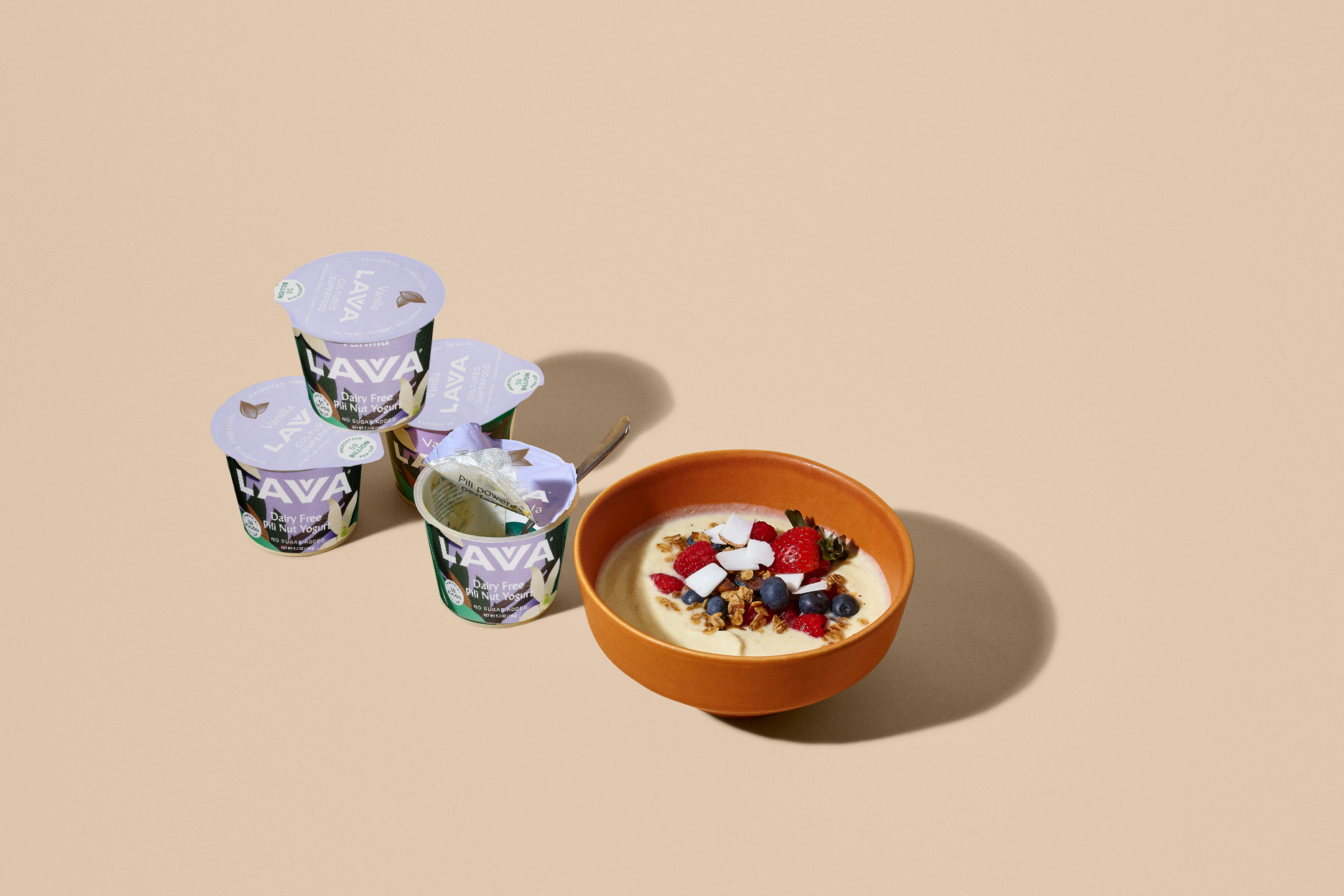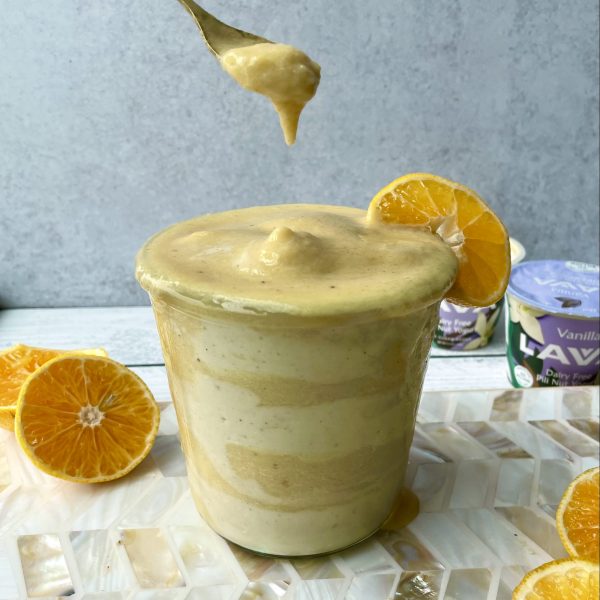Our friends at Chelsea Nutrition in NYC shared their insights on the microbiome – read on to learn more about protecting and nourishing gut health.
In case you missed it: gut health is hot (yes, really). The gut microbiota is now one of the most talked-about topics among health professionals—and for good reason. Research has linked gut health with way more than just digestion. Mood disorders, food intolerances, immune function, and skin conditions are all influenced by the bacteria living inside our bodies. Below, we explain what the gut microbiota is, why it matters, and how you can eat to boost the essential bacteria that make it up.
First things first. What is the gut?
The gut refers to the gastrointestinal tract, a long tube that runs through the body, beginning with the mouth and ending with the anus. Your mouth and stomach focus primarily on breaking down, or digesting, food via mechanical and chemical means, like chewing and enzymatic reactions. The nutrients released from digested foods are then absorbed in the small intestine. The large intestine—AKA the colon—mostly reabsorbs water and electrolytes and is responsible for forming and storing stool until it’s ready to be excreted.
Tell me more about the bacteria in the gut.
A healthy human body is home to some 100 trillion bacteria that live on the surface of the skin, as well as inside the mouth, nose, and large intestine. Your body is actually made up of more bacterial cells than human cells.
We tend to think bacteria are bad. After all, they’re responsible for infections like salmonella and E. coli. But not all bacteria are created equal. A healthy gut microbiome relies on hundreds, maybe even thousands, of different bacterial species needed for digestion, nutrient absorption, vitamin synthesis, and bowel regularity. These are the “good” bacteria you hear about, which can also be found in yogurt, kombucha, and fermented veggies containing live cultures.
Good bacteria make life miserable for “bad” bacteria, lowering their chance of survival and thereby boosting immune function and increasing the production of anti-inflammatory molecules. All of these events help fight the skin inflammation associated with conditions such as atopic dermatitis (characterized by red, itchy skin), acne, rosacea, psoriasis, and eczema.
Also interesting: research suggests that alterations in the gut microbiota may be linked to celiac disease risk. Some studies have found that individuals with celiac disease possess a higher percentage of disease-causing or pro-inflammatory bacteria in the gut compared to those without the disease.

How does gut health affect the brain then?
The gut is often called the second brain. Why? The gut and the brain are closely connected by way of the vagus nerve, nervous system, neurotransmitters, immune system, and chemicals produced by gut microbes. When people talk about the “gut-brain axis,” they’re essentially referring to this communication system between the emotional and cognitive centers of the brain and the intestine.
Dysbiosis, or an imbalance of bad vs. good bacteria in the gut, can mess with the gut-brain axis, potentially increasing one’s risk of autism, anxiety, depression, and gastrointestinal disorders such as IBS and small intestinal bacterial overgrowth, or SIBO. SIBO, which causes malabsorption and diarrhea, has been found to be ten times more prevalent in those with acne rosacea compared to those without the skin condition.
The bottom line? Healing your gut and protecting and nourishing your inner ecosystem are essential not only for your mind and body, but also for your skin.
How do I protect and nourish my gut?
More water, fruits, and veggies. Less sugar. Easier said than done, we know, but there’s lots of science to back these choices up.
Our bodies are made of about 50-60% water, so we need adequate H2O in order to function at our best. When we become dehydrated, our organs have to work harder and we get extra fatigued as a result. Cue a lack of concentration, compromised cognition, and bad moods. Water also helps keep bowels regular. It prevents stool from sitting in the gut, leaching toxins into the blood supply, and allowing them to travel to the rest of the body. So there’s that.
Fruits and vegetables are high in phytonutrients known as polyphenols. These compounds are often discussed for their antioxidant effects, but they also possess antibacterial properties. Translation: eating these foods can help boost beneficial bacteria and reduce potentially pathogenic bacteria in the body. What’s more, the fiber found in fruit and vegetables promotes intestinal motility essential for a healthy gut microbiome.
On the flip side, consuming high amounts of factory farmed animal foods, refined oils, and processed carbs and sugars can irritate the gut and ultimately lead to food sensitivities, food intolerances, food allergies, and systemic inflammation.
A high intake of processed sugar can promote dysbiosis, yeast overgrowth, and inflammation in the gut and on the skin. What counts as processed sugar? Ice cream, candy, desserts, packaged sweets, and refined carbohydrates such as white rice, white pasta, white bread, and pastries. The sugar naturally found fruit is totally fine to eat and is actually good for your gut, as it enhances the growth of good bacteria.

Anything else?
Yes, stress. Not only has it been shown to make it harder for beneficial bacteria to thrive in the gut, but it also makes the intestine more hospitable to disease-causing bacteria. Exercising regularly and getting sufficient sleep are two helpful ways to drive down stress levels.
Finally, be careful with antibiotics, which can be detrimental to the gut flora. While it’s true that the type of antibiotic taken, the duration of use, and the dose influence how much damage is done, all antibiotics kill both disease-causing bacteria and good bacteria in the gut. Once the good bacteria are wiped out, pathogenic bacteria like C. difficile and candida (AKA yeast) are more likely to flourish. Thanks but no thanks.
If you do need to take the med, take a probiotic supplement or eat foods that contain probiotics during your antibiotic course. Just don’t take them at the same time. Since antibiotics can kill probiotics, it’s best to consume them a few hours apart.
Thanks Chelsea Nutrition! Visit their site for additional articles and more info about their practice.






